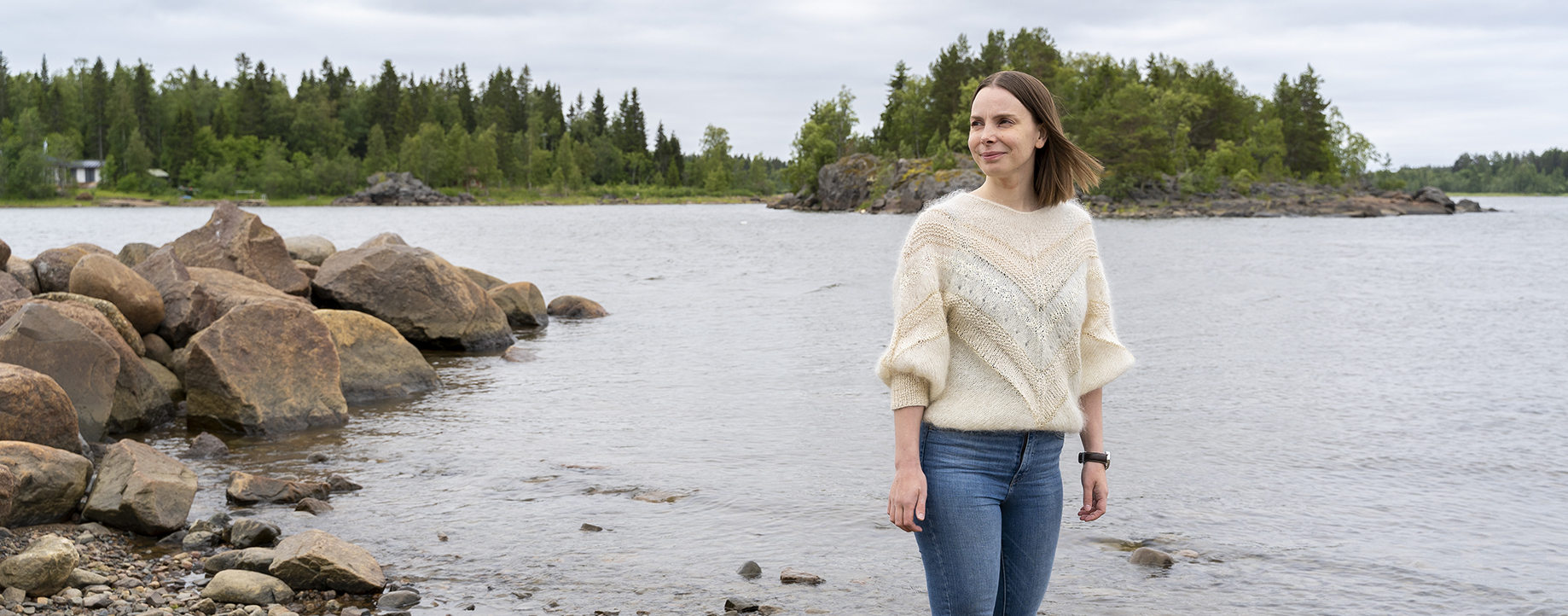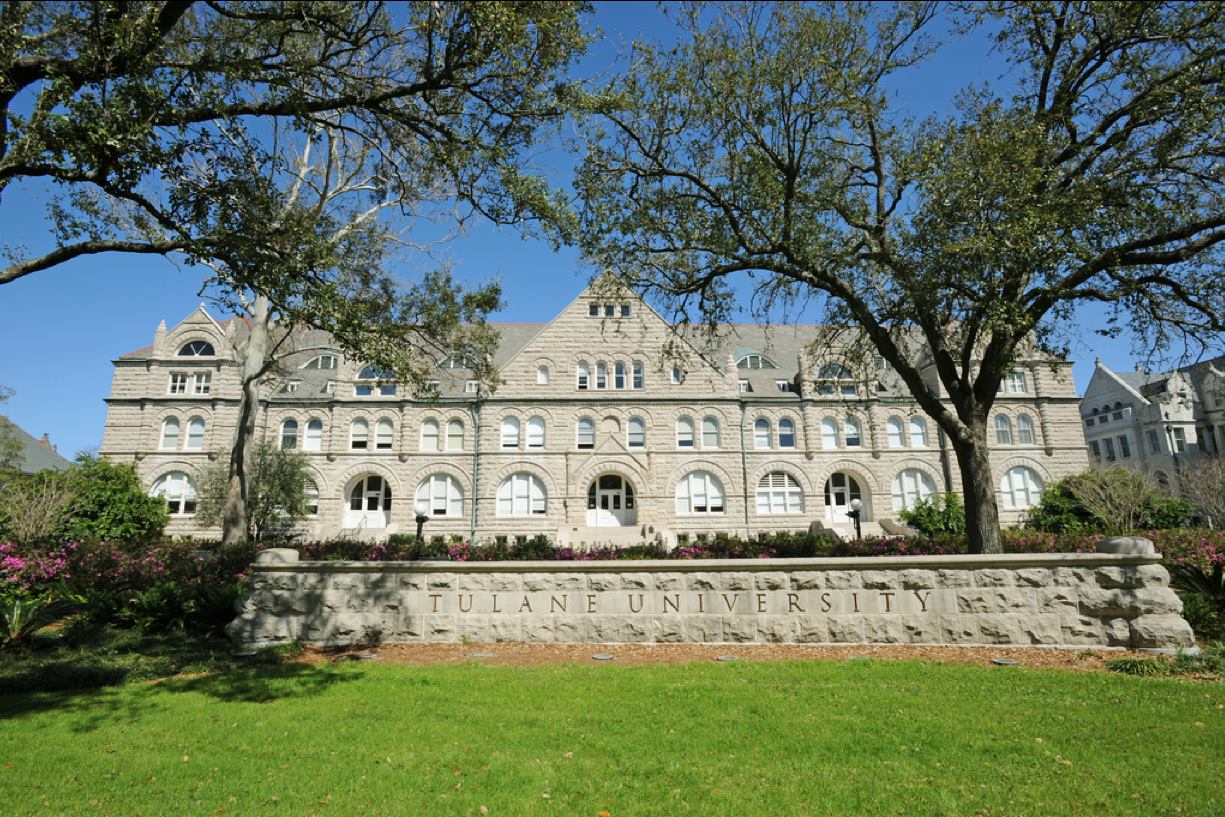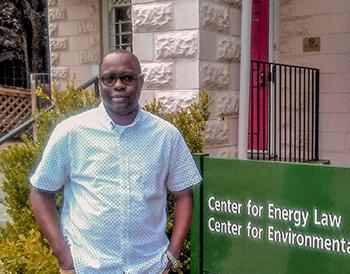A Pitted Ware Mystery

Some four to five thousand years ago, interesting folk populated the southern Swedish shore. The peoples of the Pitted Ware culture provided for themselves through hunting and small-scale plant gathering.
Unlike most ordinary hunters, they also made pottery, which they decorated with pits pressed into the clay.
Usually in history, agrarian communities have spread in fairly linear fashion to replace hunter-gatherer societies.
On the southern Swedish shore, however, early farming communities had already previously existed before the appearance of the Pitted Ware hunter-gatherer culture. After around a thousand years of coexistence, the latter were eventually ousted by agrarian cultures arriving from various directions.
– We know that the Pitted Ware community were not farmers who had returned to hunting, but a separate society, explains population geneticist and researcher, Dr Tiina Mattila.
She is now using ancient DNA to explore the mystery of these late hunters, during a stay of at least a couple of years at Uppsala University in Sweden. The big mystery is what happened when the hunter-gatherers and farmers came into contact with each other.
Perhaps the technologically advanced farmers displaced the hunters, or maybe the cultures merged peacefully so that the hunters adopted the farmers’ technology and they procreated together.
Gender differences are an issue of note. If the farmers took over by force, they might have taken wives from the hunter-gatherer society, but the men would have met with an untimely end. This means that the findings from the switchover period should contain a lot of male Y chromosome DNA from the farmers and female mitochondrial DNA from the hunters.
– Even that does not necessarily signify violence. It is possible that lone men from the farmer community set out to these new areas.
Roughly speaking, the farmers were genetically close to modern Europeans, whereas the hunters’ heredity is less like ours. Modern Scandinavians probably possess a mixture of both in their heritage, and the project will help to build a clearer picture of this.
Ancient DNA can be found mostly in recovered teeth and bones. In old remains, DNA chains are broken into very short segments, but by comparing and combining them using computers, geneticists can reconstruct individuals’ original gene sequences.
DNA is composed of different combinations of four nucleobases: adenine, guanine, cytosine and thymine. Ancient DNA chain segments have a lot of thymine on the ends, because cytosine converts into thymine over time.
– Those chain segments are useless. On the other hand, they help us to easily distinguish the ancient DNA from modern DNA coming, for example, from the researchers themselves.

